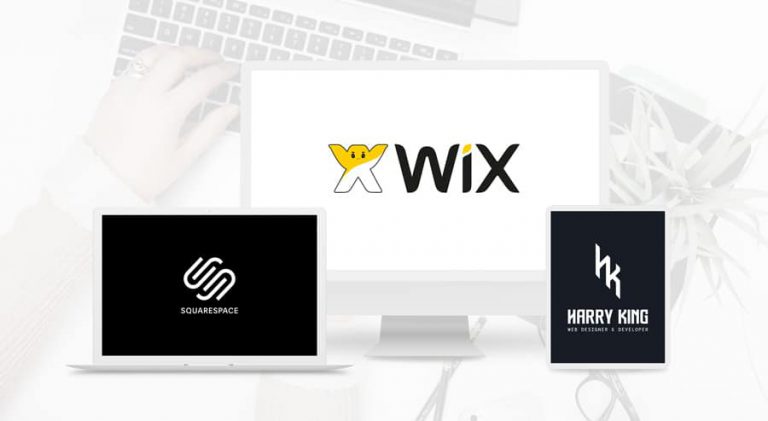So you’ve just taken the first – slightly daunting – jump, packed in the 9-5 and started your own business. It’s a rocky road ahead, but in the words of Tom Petty ‘most things you worry about, never happen anyway’.
Whilst you’re on the hunt for office premises, tallying up the costs for a business vehicle, or even planning a state-of-the-art website (Psst… drop us a line! ????), here’s five relatively simple, cheap (ish), digital orientated things you can get done today, that will ensure people start taking you seriously.

1. Domain Name
Some people think you need a website to be able to register a domain name. Not true! You may be shocked to know that most registered domains don’t even have an associated website. These domains are what we call ‘parked’ and they’ve usually been acquired by someone looking to sell them on to make a profit.
Did you know, the most expensive domain name ever sold was ‘LasVegas.com’ for a whopping $90 Million USD. Madness! Rest assured, you can probably pick yourself up a domain name for tuppence from somewhere like 123-Reg or GoDaddy. So, get it done! If you’re a Jersey business, looking for a .JE domain name – check out channelisles.net.
2. Business Email
Nothing annoys me more than when you see an established business with @yahoo or even @gmail at the end of their email address. That’s digital snobbery on my part, for sure. But, my argument is, if you’ve registered a domain name, then setting yourself up a simple email address with that domain is relatively easy. Let me explain…
When you register your domain name, most providers will offer some sort of email service. For example, If you registered lasvegas.com, not only are you broke, but you could set up a domain email such as info@lasvegas.com. Most domain providers will offer a free forwarding service so anything sent to said address will just forward into your existing inbox. Or, If you wanted to set up a dedicated inbox for that address (recommended) then you could look at a provider such a G Suite or Microsoft 365 who would provide this service from around £4 a month.
3. Logo
It might not be time to develop a full brand identity for your company just yet, but everyone can create a cheap and cheerful logo. By no means do I think a company should live off a £10 logo design forever, but if funds are tight at the start then you may have to settle for something cheap and cheerful for the time being. It’s important to create some sort of identity for your business, and a logo is first point of call for most industries.
Unless you know a graphic designer who can lend you a favour then I’d recommend a site like People Per-Hour, or UpWork where you can find someone who can knock something together for you. When you move on to create a full brand identity for your company, then I’d always recommend finding someone local who can has the potential to really understand you and your business.
Wondering what the difference between a logo and a brand identity is. Check this article out!
4. Social Media Pages
So you’ve got your domain name, Business email and logo sorted. Now it’s time to present yourself to the world. For most people starting out, Facebook or Instagram is first point of call. This is a great way to bring awareness to what you’re doing and enabling friends to start spreading the word about your business.
Whilst Facebook and Instagram are most popular, you may also want to look at other platforms that may be better tailored to your industry. For example, if you’re a financial consultant, then LinkedIn is probably a good playground for you to get started with. If you are in retail, then I’d recommend starting a mailing list on MailChimp as this will come in handy down the line when you want to start marketing your products.
Whilst on the topic of mailing lists – wanna know a great way to start gathering signups? See below…
5. Website Holding Page
You may or may not have heard of a ‘Holding Page’. But these are great ways to impose some sort of early identity for your business. It may not be time to start developing a full website for your business, but you’ve purchased your domain name and that means it’s worth getting some sort of page up on the web. This will at least allow you to start distributing marketing material with your website address on – to which potential clients can be directed to – and not land on a hideous website not found page.
So, what’s on a holding page? The answer is all of the above. Get your new business email address on there so people can contact you, your logo and even a mailing list sign up!


